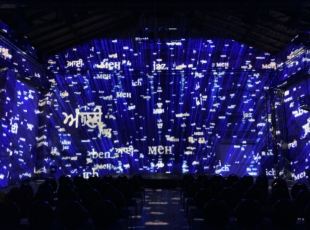Publishing & digital: thinking the book as an experience
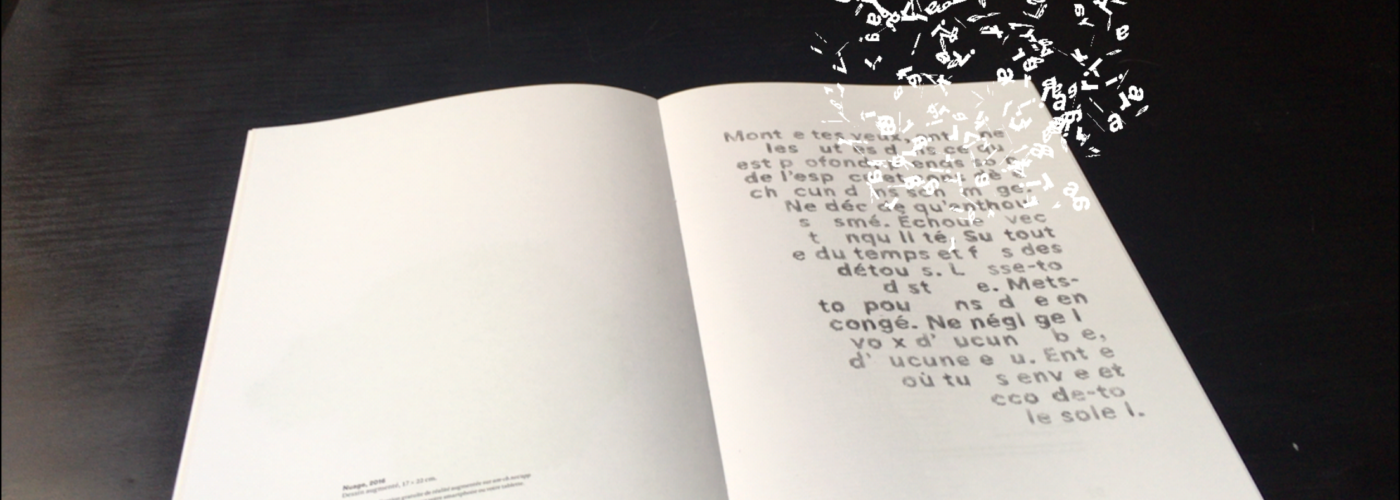
Article author :
Within the book industry, publishing houses are embarking on the digital chapter in rethinking the processing, the formatting and the distribution of manuscript content. Used shrewdly, the digital technologies thus enable the creation of new reading experiences. A closer look into several inspiring projects which offer a glimpse into a sector of the cultural and creative industries undergoing transformation.
‘For Actes Sud, the question is one of understanding how a publisher may negotiate the digital transition. How to live up to a quality know-how and brand image. Today, we have some fifty or so websites. I believe we need to stop producing websites and start considering how the digital can create meaning and a plus-value for readers. I am convinced that, soon, we will no longer be talking about books, but instead of works with versions in several formats.’ The tone is set for Yannis Koikas, the digital director at Actes Sud, and formerly the digital manager at BNF. It needs to be said that for Actes Sud, which reduced its workforce in 2023, as for all the other publishers, book sales fluctuate in accordance with new behaviours adopted by consumers, in particular those engendered by digital tools. According to the National Publishers Federation, in 2022 the French market was worth 2.911 million Euros, in other words, an increase of 3.7% in comparison with 2019, the ‘pre-pandemic benchmark’ year. But behind these figures are hidden other realities: firstly, the share of digital sales in the publishers’ overall turnover amounts to 10.32% (in other words an increase of 4.4%, when compared to 2021). The print medium is therefore progressively conceding ground to electronic media. Next, there are very wide disparities between the various publishing segments (the different categories of book, in other words). Whilst comic books have been undergoing a historical revival since 2019, other segments such as reference works, current affairs books, essays, art and coffee-table books are down (even though distinguished publishing houses such as JBE Books are holding their own). Literature, which represents the largest segment (21.6% of the market share in 2022), has been stagnating in recent years.
The publishing house must be line with prevailing practices
For publishers, the issue therefore involves taking into consideration these different dynamics and incorporating them into their strategies. Yannis Koikas takes stock of the situation: ‘The modes of consuming have changed, and publishers have to establish themselves in these interstitial spaces. Progressively, we will need to put behind us a rationale of total paper. The new means of storytelling are vital. A publisher shouldn’t be choosing how its readers consume a work. Our responsibility is to offer different formats – audiobooks, masterclasses, animation, etc. – which will be chosen by the reader. With digital, a book must be thought of as an experience. We have to adopt a role as a cultural actor.’ A concrete example is provided by a genre which has for a long time been shunned by the cultural elites: fantasy. Yannis Koikas continues: ‘the BNF has worked on fantasy literature. Florent Morin, a web designer reputed for his interactive narratives, in particular via WhatsApp, joined our team to write a script for a mini-video game. The idea was to gamify the experience of fantasy literature via a dedicated site. We worked with journalists to come up with publishing angles which resonated with our contemporary world, in relation to fantasy fiction. We raised the issue of religion, of war, or the place of women in fantasy literature, to give even more texture to this literary genre. Finally, we worked on a mediation approach with school teachers, in particular by means of teaching sequences so that fantasy is studied in the classroom, by its first readers, the young audience. It is all of these tools which brought about the experience of reading fantasy fiction’.
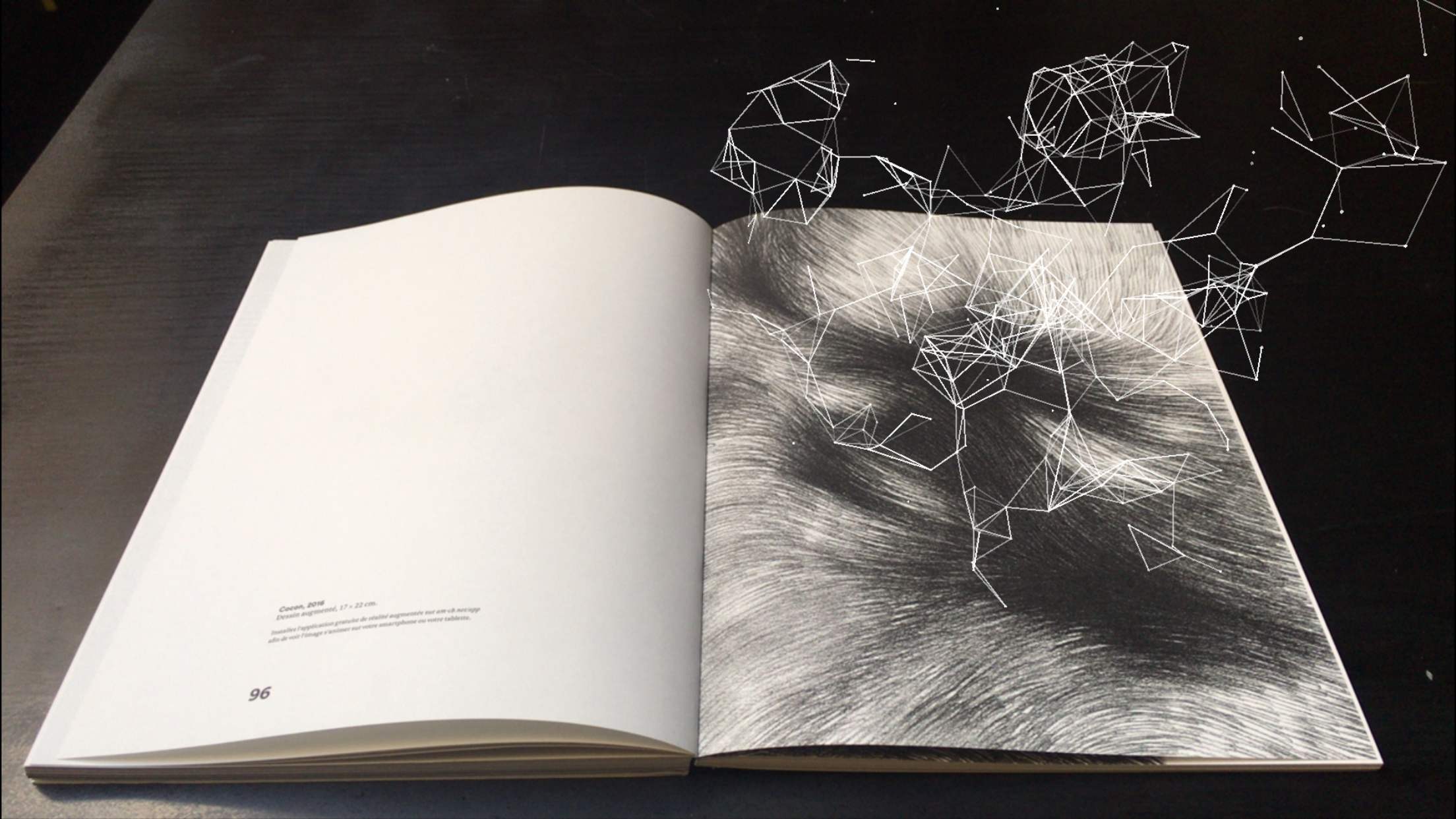
It is nevertheless imperative that these tools are correlated with existing user practices. ‘In several projects piloted by the BNF, we worked on enhanced books, such as Emile Zola’s The Ladies’ Delight. We brought to it images, video, etc., but we didn’t find an audience. Just like the webdocs (Editor’s note – interactive documentaries, combining text, photos, video, sound and animation – and produced to be broadcast on the web), they are incredible formats, but, first of all, you need to look into readers’ user practices’, specifies Yannis Koikas. In the youth literature sector, digital use amongst young readers is already happening, even though care needs to be taken, in particular for public health reasons. In addition to the book, publishers such as Volumiques and its Zephir collection are thinking multi-formats by integrating applications, jigsaws, colouring-in, animes, etc.
Over the last couple of years, the comic strip has also found ways of reinventing itself and is excelling when it comes to creating new digital uses. First of all, by exploring the narrative potential of images and texts (the use of animation, sound, different rhythms between the panels, etc.). Numerous formats have been explored for several years (turbomedia, papyrus, etc.) for example, in France via the ‘Professeur Cyclope’ experience broadcast on Arte in the middle of the 2010s and halted due to a lack of sufficient reader numbers. Or for example with Phallaina, a scrolled comic strip created by Marietta Ren in 2016. Then by looking closely into the practices of users, in particular by incorporating mobility and the use of mobile phones in the new formats. The webtoon, which is having a particularly significant impact in South Korea, Japan, the United States and Europe (around 70 platforms have been logged to date), allows vertical scrolling of the comic strip, and has established itself on a long-term basis on the European market over the past five years. Finally, by extending the comic strip experience beyond the stories offered by the authors. Yannis Koikas provides an illustration of this phenomenon: ‘During COVID-19, the BNF created an application based on the comic strip which allowed children to write scripts for an image. This application, La Fabrique à BD, incorporated the corpus of BNF works. We won awards presented by the Ministries of Education and Culture for the success this application achieved.’ Here the experience of a work and a literary genre is rooted in their appropriation by users and their mashup culture. ‘The key is having knowledge about the readers. I am campaigning for publishers to carry out opinion surveys and create audience services. The audience executive board was established at the BNF in 2016. These are very recent and still rare advances in France.’


Experimenting new interactions
In parallel with these studies of the readership, the publishing houses are all the same encouraged to experiment with new creative content and to trial new interactions with audiences. The technological advances in the domains of mapping (such as the poetic performance The Icebook or the subtle Livre Infini by Albertine Meunier) or in XR are spurring studios to test hybridisation between book and digital. In this respect, the artists Adrien M and Claire B regularly explore the potential of augmented reality, be it in the book La Neige n’a pas de sens (2016) or the pop-up work Acqua Alta, La traversée du miroir (2020). More recently, the Canadian studio Félix & Paul has stretched the boundaries of the augmented book. Jim Henson’s the storyteller: the seven ravens is a fantasy story presented at the end of 2023 and which opens up numerous possibilities, once equipped with Magic Leap (XR glasses), as regards an interactive literature. ‘We had to avoid the “miniature animated film aspect”. Each page has been created as an interactive sculpture. There are aspects of the story which progress, but you can also take your time to really have a look at everything. Afterwards, only the hand turns the page… Once again, we used the book as the foundation to establish the whole story. The first pages are drawn by hand, with little depth to them. And then, progressively, the tale takes on depth. We worked sequence after sequence to find guidelines regarding the scale and the dimensions of the scenes,’ explains Paul Raphaël, co-founder of the studio XR Must. These creative contents are at the intersection with other art disciplines such as cinema and video games. It is precisely this latter discipline which the author Marc-Antoine Mathieu is in particular exploring when adapting his comic strip S.E.N.S into a VR gaming experience produced by Arte (2016). The users are immersed in a labyrinth, with the only location markers being arrows which take on a thousand forms. The writing plays with the codes of the comic strip and opens up the scope of exploration.
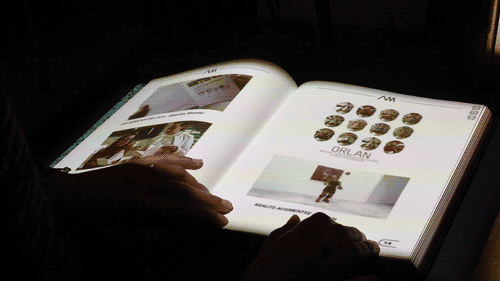
Publishers are thereby taking two pathways: on the one hand, by adapting to the uses and behaviours of the readers, and on the other by encouraging the research and artistic creation which enables new formats to be given impetus and certain works to be revisited. It is very likely that the publishers who take these paths will still have wonderful pages of history to write.
A story, projects or an idea to share?
Suggest your content on kingkong.
also discover

From Belgium to Japan, the new territories of creative digital creativity
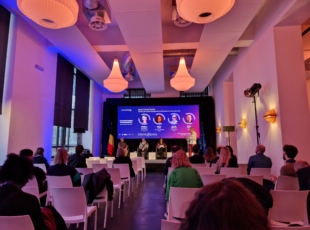
Stereopsia, the key European immersive technologies hub
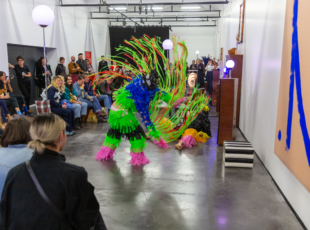
The Centre Wallonie-Bruxelles: a billion blue blistering harmonies
